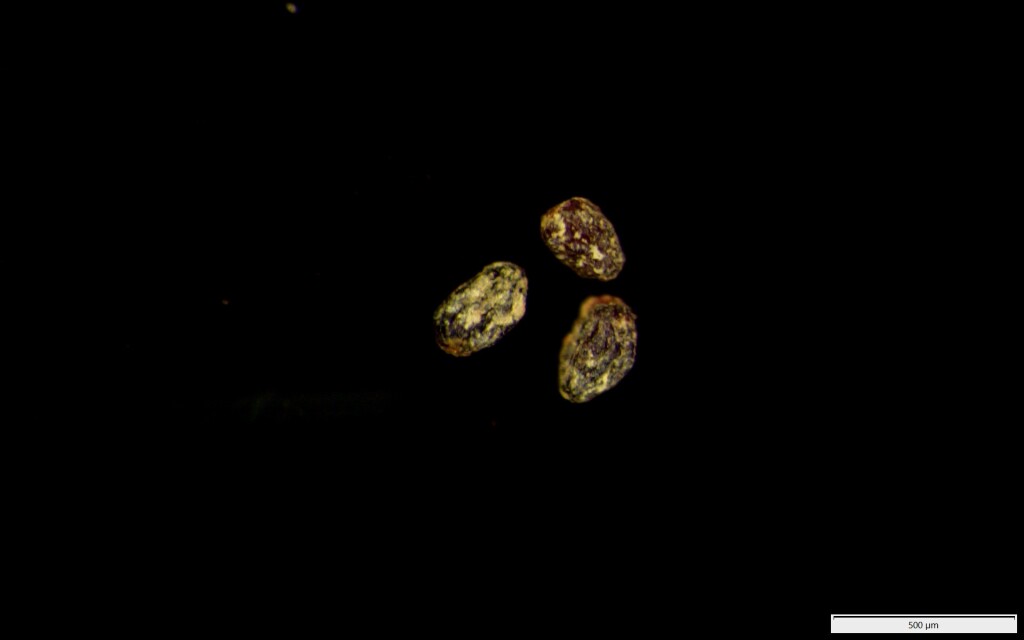Stylidium ecorne
(R.O.Erickson & J.H.Willis) Farrell & S.H.James Foot TriggerplantEphemeral, 50–180 mm high, simple or branched near base. Leaves few, rosetted, broadly ovate to almost orbicular, 2–7 mm long, 1–2 mm wide, sparsely glandular-pubescent, shortly petiolate. Flowers 1–4(–9) in a loose irregular corymb, rarely solitary. Calyx globose, 1–3 mm long, sparsely glandular-pubescent, lobes slightly longer than tube, one more deeply set than others; corolla 6–15 mm across, rose-pink or white, often with a red spot at base of posterior lobes, nectary spur very small or absent, lobes unequal, paired vertically, oblong-lanceolate, posterior pair smaller, 3-dentate, anterior pair curved and shallowly lobed at middle, labellum spathulate, acute, petal-like, throat appendages 2 or absent; column c. 1 mm long, downwards-projecting; stigma strap-like, fringed. Capsule globose, c. 3mm long; seeds globose, c. 0.2 mm long, yellowish-brown, finely ridged. Flowers Jul.–Jan.
LoM, Wim, GleP, VVP, VRiv, Gold, CVU, GGr, DunT, NIS, HSF, HNF. Scattered from south-western Victoria to Wangaratta area, usually in winter-wet, often sandy soils in Yellow Gum woodlands, Box-Ironbark forests, open heathy swamps etc.
Previously considered a variety of Stylidium calcaratum (now Stylidium androsaceum) and very similar. Despite sometimes occurring in sympatry, the two species remain distinct with the corolla of S. ecorne always lacking a nectar spur or having a reduced spur shorter than the calyx lobes (Farrell & James 1979). Stylidium ecorne also has a haploid chromosome number of 13 compared to 11 in S. androsaceum and crosses between the two species yield few seeds indicating a degree of reproductive isolation, providing further support for distinguishing the two taxa as separate species (Farrell & James 1979).
The absence of the nectar spur has often caused confusion with Stylidium perpusillum, a much smaller, more slender plant with white flowers only.
Raulings, E.J. (1999). Stylidiaceae. In: Walsh, N.G.; Entwisle, T.J., Flora of Victoria Vol. 4, Cornaceae to Asteraceae, pp. 579–587. Inkata Press, Melbourne.
 Spinning
Spinning

